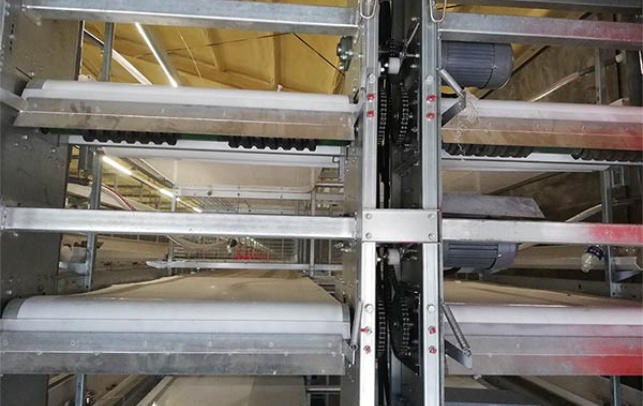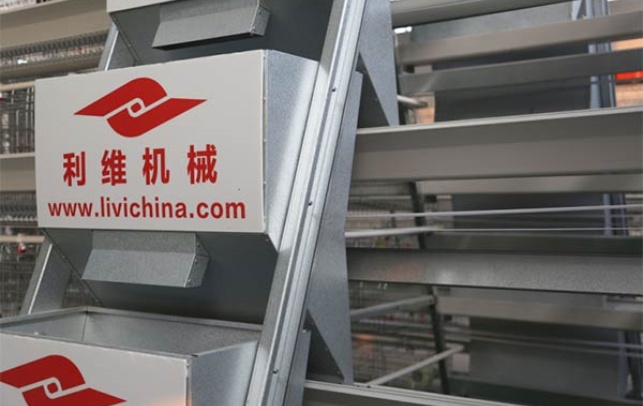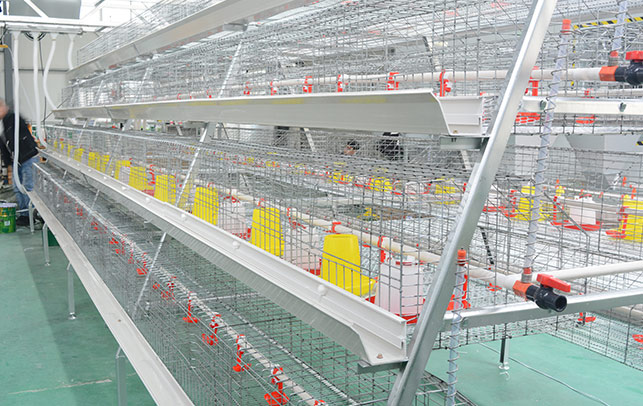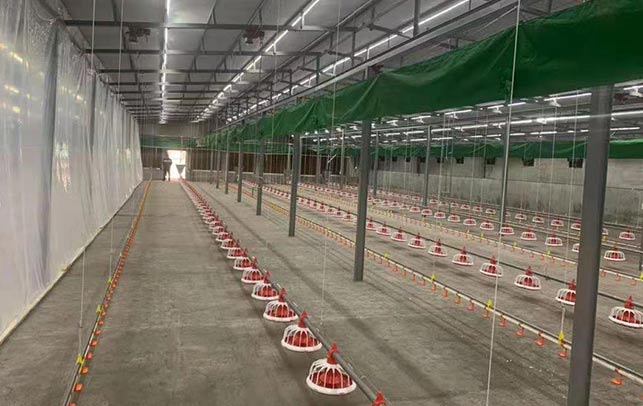A Beginner’s Guide to Layer Farming in Burundi
Time : 2024-11-14
Layer farming is an important sector of the agricultural industry in Burundi, providing opportunities for economic growth and food security. For beginners interested in venturing into layer farming in Burundi, it is essential to understand the key aspects of this poultry enterprise.
Understanding Burundi Layer Farming
Importance of Layer Farming
Layer farming plays a crucial role in Burundi’s agricultural landscape by contributing to the production of eggs, a vital source of protein and essential nutrients for the population. Engaging in layer farming not only provides a sustainable source of income for farmers but also helps meet the local demand for fresh and nutritious eggs.
Climate Considerations
Burundi’s climate, characterized by mild temperatures and distinct wet and dry seasons, influences the success of layer farming. Farmers need to consider the climatic conditions when selecting suitable breeds of layers and designing appropriate housing structures to ensure the well-being and productivity of the birds.
Market Opportunities
The demand for eggs in Burundi remains strong, presenting favorable market opportunities for layer farmers. By producing high-quality eggs and establishing reliable distribution channels, farmers can capitalize on the growing demand for poultry products in both urban and rural areas.
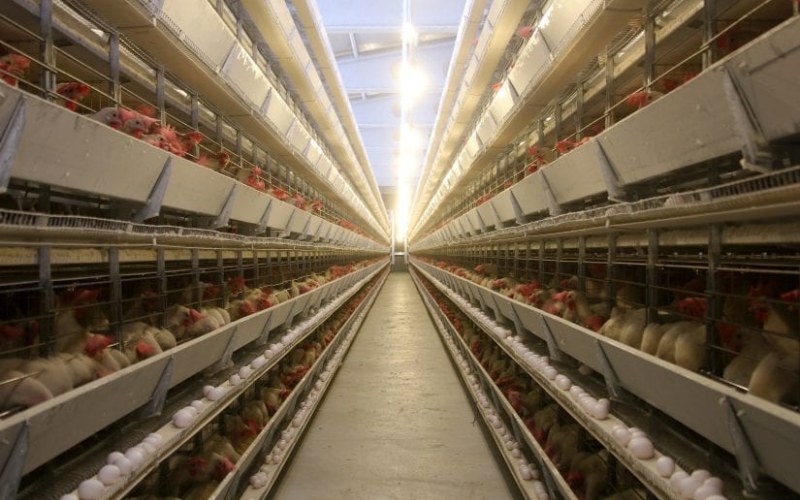
Essential Steps to Start a Layer Farm in Burundi
Research and Planning
Before embarking on a layer farming venture in Burundi, aspiring farmers should conduct thorough research to understand the local poultry industry, market dynamics, and regulatory requirements. Developing a detailed business plan that outlines goals, budgets, and timelines is essential for a successful start.
Site Selection and Housing
Selecting an appropriate site for the layer farm is critical to the success of the enterprise. The location should have access to water sources, markets, and veterinary services. Constructing well-designed housing structures that provide adequate space, ventilation, and protection from predators is essential for the health and productivity of the layers.
Procuring Quality Inputs
Acquiring high-quality inputs such as day-old chicks, feed, and equipment is crucial for the smooth operation of a layer farm. Farmers in Burundi should source certified breeds of layers known for their egg-laying efficiency and disease resistance. Partnering with reputable suppliers for feed and equipment ensures optimal performance and bird welfare.
Management Practices
Implementing good management practices is key to maximizing the profitability of a layer farm in Burundi. This includes proper feeding, vaccination, disease prevention, and waste management strategies. Regular monitoring of the birds’ health and egg production enables farmers to make informed decisions and address any issues promptly.
Marketing and Sales
Establishing effective marketing strategies to promote the farm’s products is essential for reaching target consumers and maximizing sales. Farmers can explore selling eggs directly to retailers, wholesalers, or consumers through local markets or distribution networks. Building a strong brand reputation for quality eggs can help differentiate the farm in a competitive market.
Conclusion
In conclusion, embarking on a layer farming venture in Burundi presents promising opportunities for beginners seeking to enter the poultry industry. By following the Burundi Layer Farming Guide and focusing on key aspects such as climate considerations, market opportunities, research, site selection, input quality, management practices, and marketing strategies, aspiring farmers can establish successful layer farms that contribute to food security and economic development in the country.






